What Color Light is Best for Indoor Plants Growth
Plants rely on light for photosynthesis, a crucial process that enables them to produce energy and grow. However, not all light is created equal when it comes to plant growth. Different colors of light have varying effects on plants, influencing their development, flowering, and overall health. In this article, we will explore the question, "What color light is best for plant growth?" and offer you some best LED grow lights that cater to your specific needs for the growth light spectrum.
Table of Contents
What Color Light is Best for Plant Growth?
Some of you may already know blue and red light are two vital growth light spectrums that significantly impact plant development, the thing is, what role do they play? Moreover, is it true that blue light is better than red light, or vice versa? Let’s check them one by one.
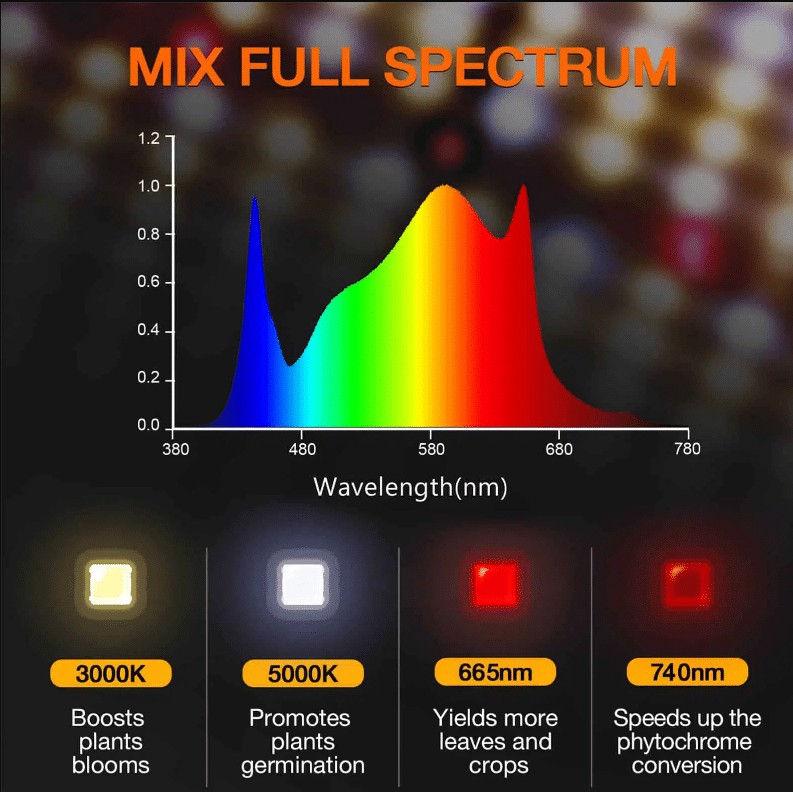
Blue Light
Blue light is crucial for promoting healthy leaf growth and strong root development. It is absorbed by chlorophyll and triggers photosynthesis, contributing to the overall growth and vigor of plants. Blue light is particularly beneficial for seedlings and young plants as it encourages compact, sturdy growth. Moreover, blue light can help regulate plant hormone levels, influencing phototropism and ensuring proper orientation towards light sources.
Red Light
Red light plays a vital role in the growth and flowering of plants. It is a primary driver of photosynthesis, stimulating the production of chlorophyll and facilitating the conversion of light energy into chemical energy. Additionally, red light enhances the flowering process, making it essential for plants that require abundant blooms.
Blue Light vs Red Light: Which Is Better?
It’s not hard to tell that blue light is best for the seedling stage, while red light works best for the flowering stage. However, nothing’s better than a mixture of both blue and red light.
For optimal results, it's often recommended to use a combination of both blue and red light during different stages of plant growth. The ratio of each light can vary but some experts would recommend 1:5 blue to red light. How to control and maintain a close-to-perfect ratio? An LED grow light is ready to help.
LED Grow Lights for Indoor Plants
Grow lights are given high credits in terms of mimicking natural sunlight and backing up plant growth. Many modern LED grow lights are designed to offer customizable light spectra, allowing you to adjust the intensity and ratio of blue to red light. By tailoring the light to your plant's specific requirements, you can create the ideal growing environment and achieve the best possible outcomes.
At Spider Farmer, we offer a wide collection of LED grow lights for all indoor plants. Whether you are looking for LED grow lights for seedlings, vegetables, or succulent grow lights, you can have it all.
What’s more, by applying the full spectrum LED grow lights with dimming potions from Spider Farmer, you can easily switch the light spectrum to catch up with certain growth stages of your plants. This flexibility enables precise control over the seedling, vegging, and flowering stages. Don’t hesitate and pick up Spider Farmer grow lights to better cultivate your plants!
[SALE] 2025 Spider Farmer® G3000 300W WiFi & Bluetooth App-Controlled Dimmable Cost-effective Full Spectrum LED Grow Light for 3X3 Grow Tent
- 1 x G3000 (with Driver, Power Cord(UK Plug), and RJ12 Cable for Daisy Chain)
- 2 x Metal Hanging Kits and 2 x YoYo (for hanging light and adjusting height)
- 1 x User Manual
[SALE] 2025 Spider Farmer® G4500 320W WiFi & Bluetooth App-Controlled Dimmable Cost effective Full Spectrum High Yield LED Grow Light for 2X4 / 3X5 Grow Tent
- 1 x G4500 (with Driver, Power Cord(UK Plug), and RJ12 Cable for Daisy Chain)
- 4 x YoYo (for hanging light and adjusting height)
- 1 x User Manual
[SALE] 2025 Spider Farmer® G5000 480W WiFi & Bluetooth App-Controlled Dimmable Cost effective Full Spectrum High Yield Commercial LED Grow Light for 4X4 Grow Tent
- 1 x G5000 (with Driver, Power Cord(UK Plug), and RJ12 Cable for Daisy Chain)
- 4 x YoYo (for hanging light and adjusting height)
- 1 x User Manual
Conclusion
Truth be told, there’s no best light for your plant growth but a refined combination of both blue and red light can be pretty beneficial for indoor growing. Additionally, other light spectrums such as green, yellow, and IR all contribute to healthy plant development. If you have trouble deciding which light color to apply, using a Spider Farmer full-spectrum LED grow light can easily solve the issue.
FAQs about What Color Light Is Best for Plant Growth
- Is blue or red light better for plants?
Blue light is better for promoting healthy and strong roots in plants, especially during their early stages such as the seedling and vegetative stages. Red light, on the other hand, is more beneficial for flowering and fruit production.
- What color increases plant growth?
Both blue and red light are essential for increasing plant growth. Blue light supports vegetative growth, while red light stimulates flowering and fruiting.
- Is blue or yellow light better for plants?
Blue. Blue light contributes to essential leaf development and root growth. However, yellow light has limited effects on plant growth compared to blue light.

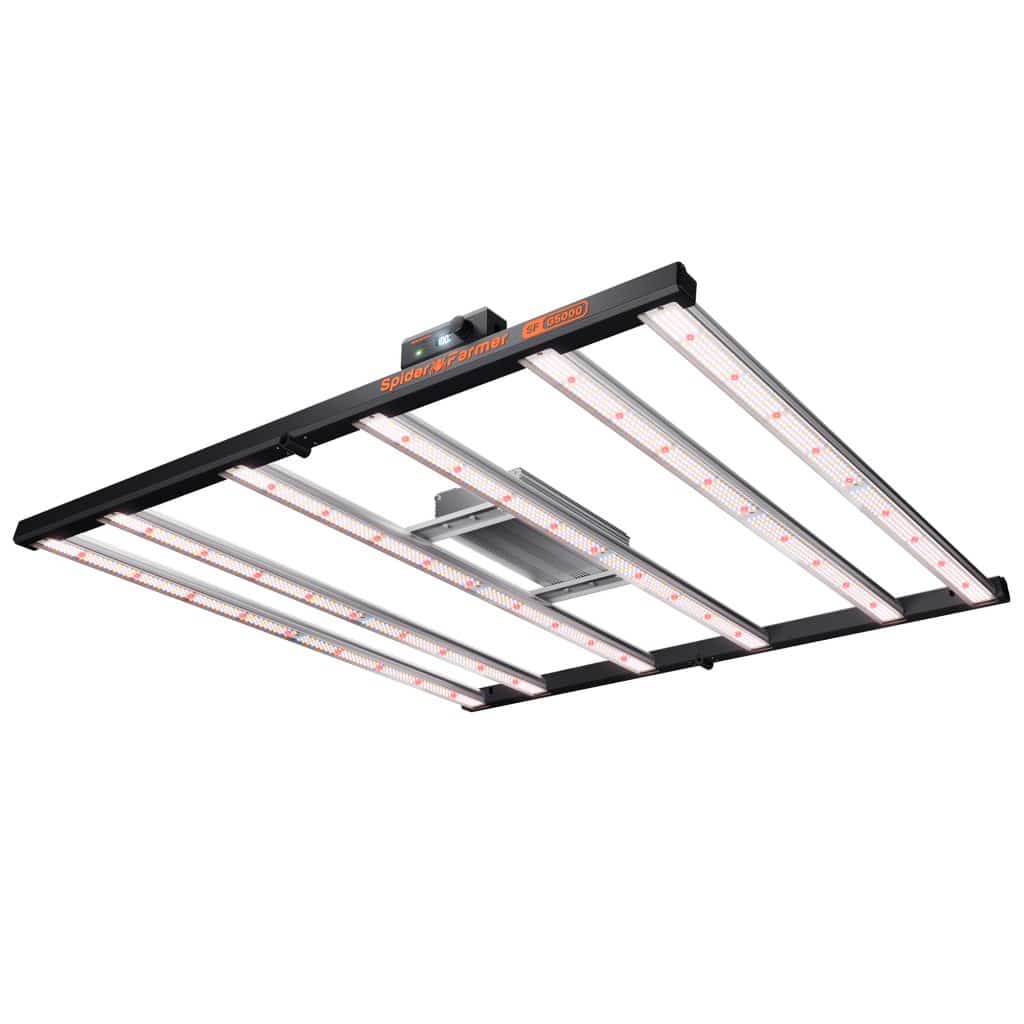
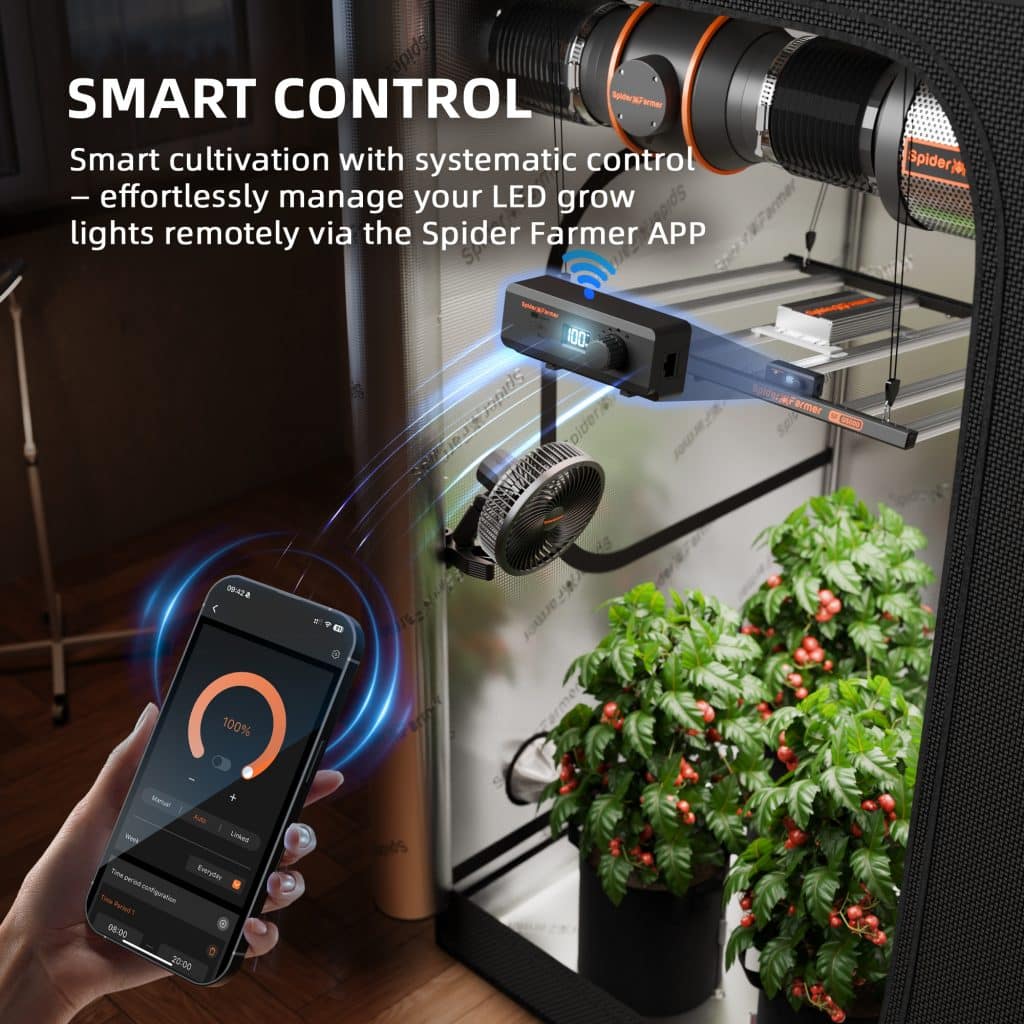
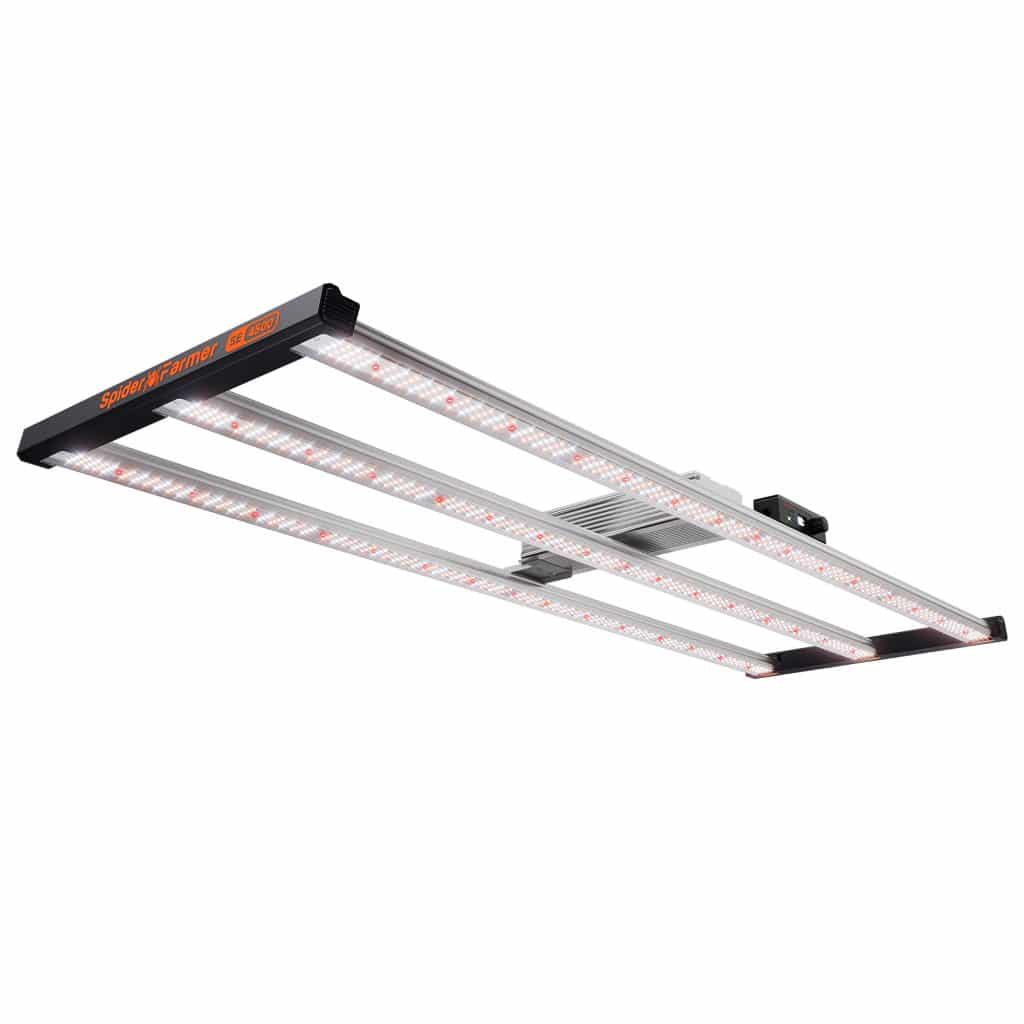
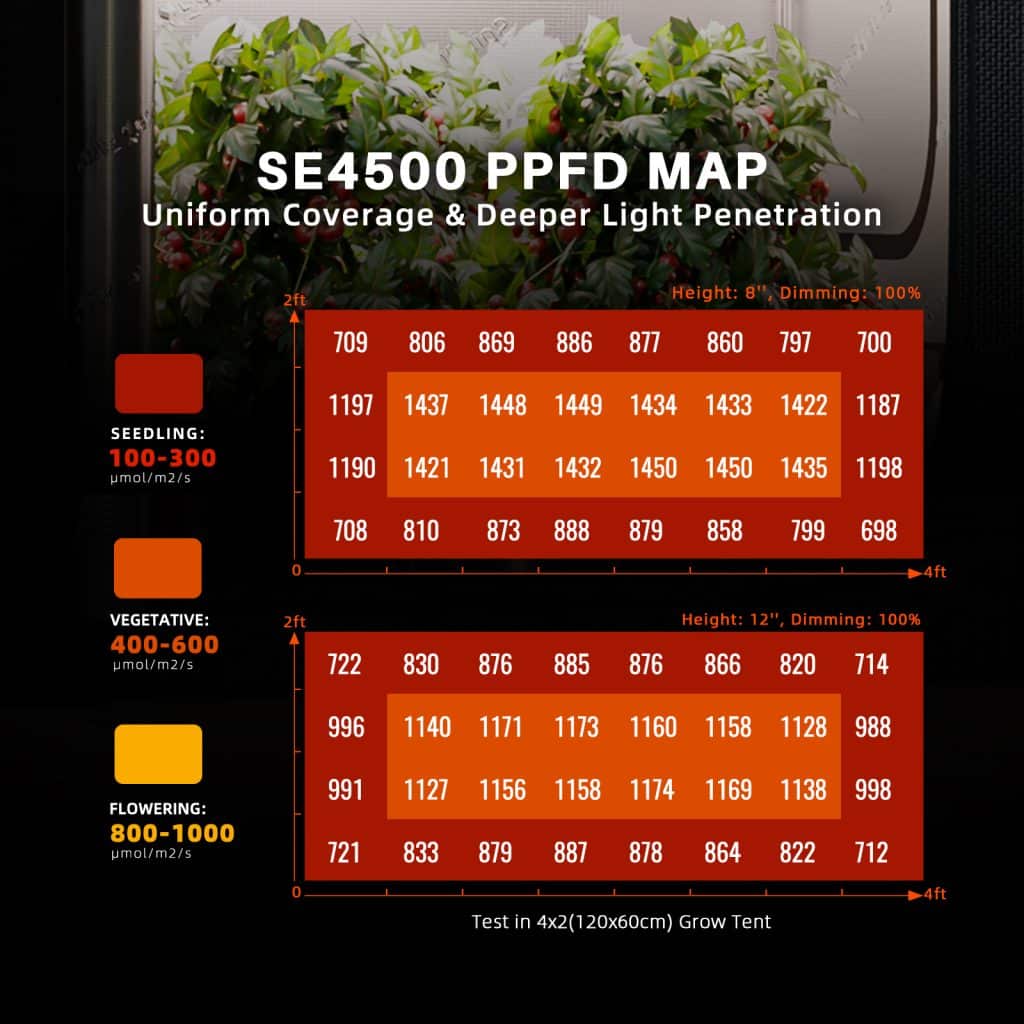
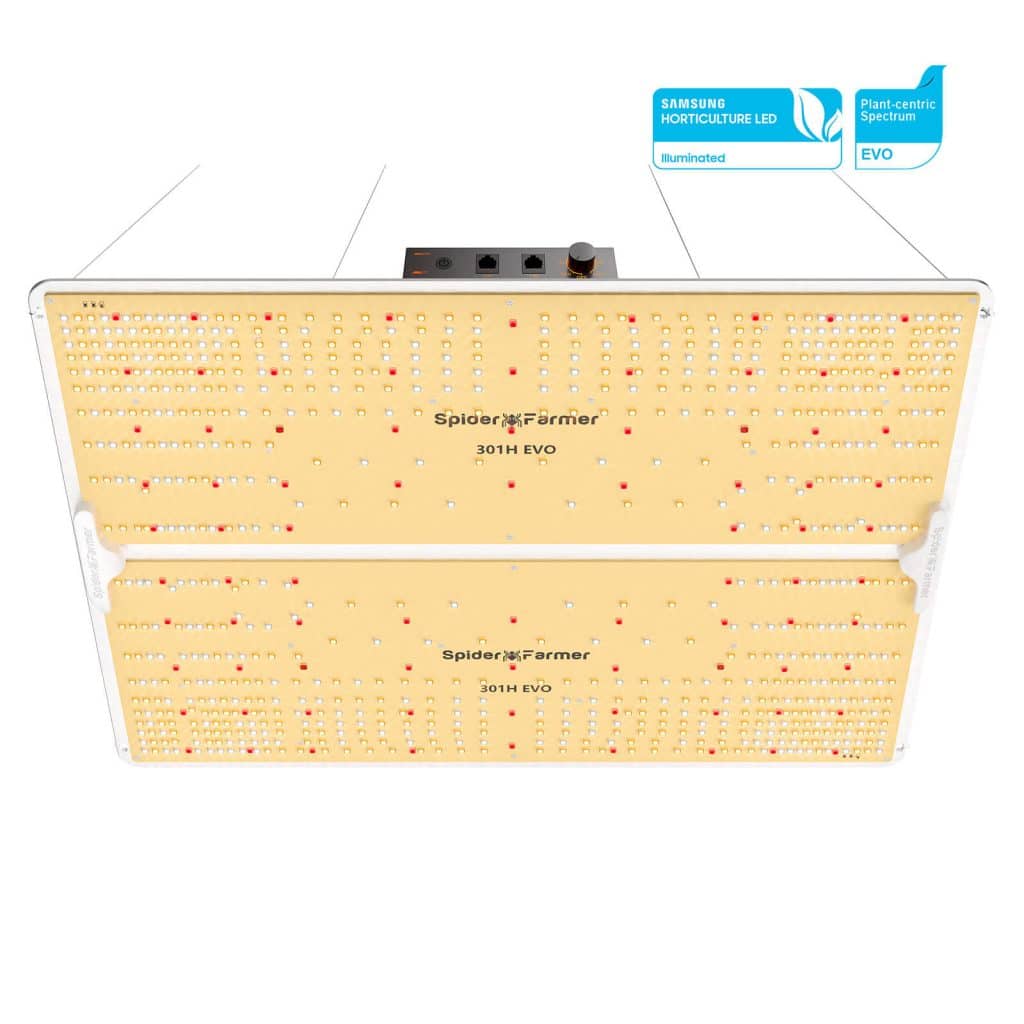
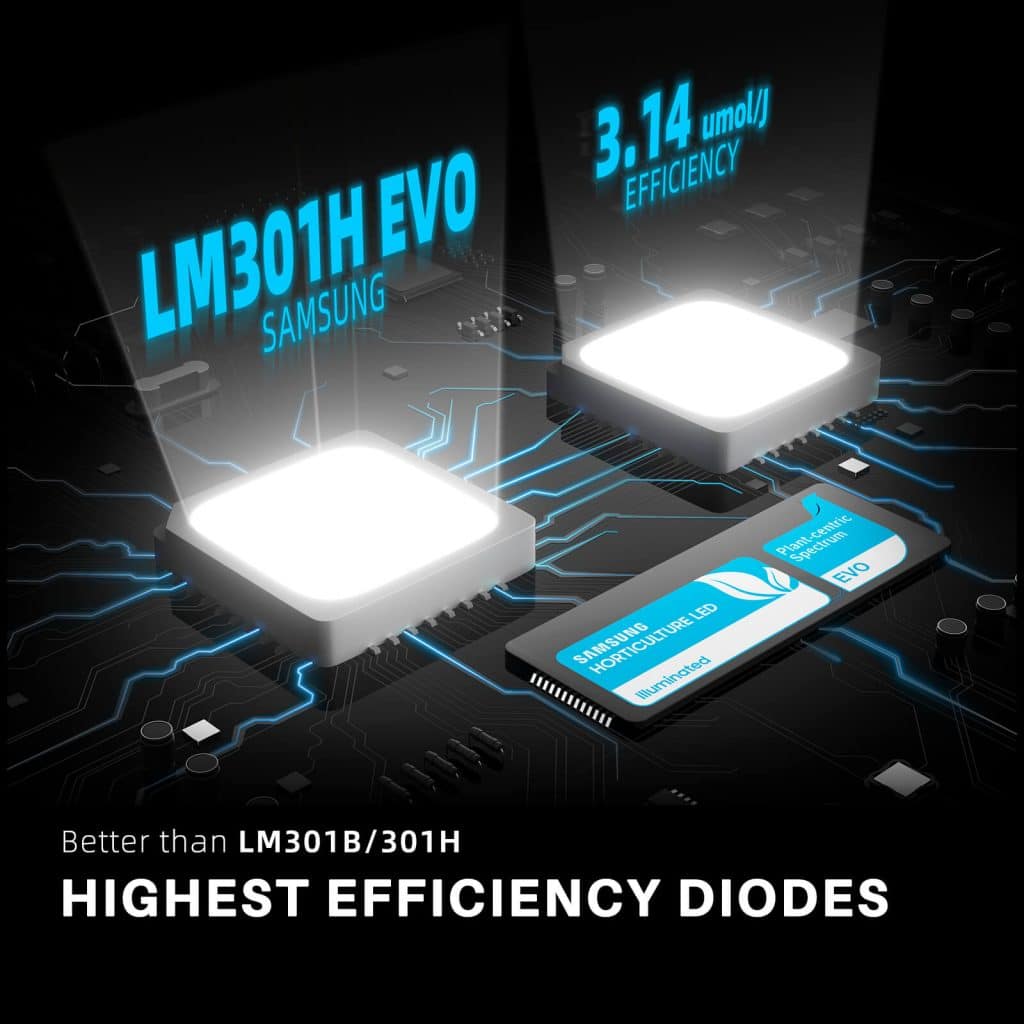
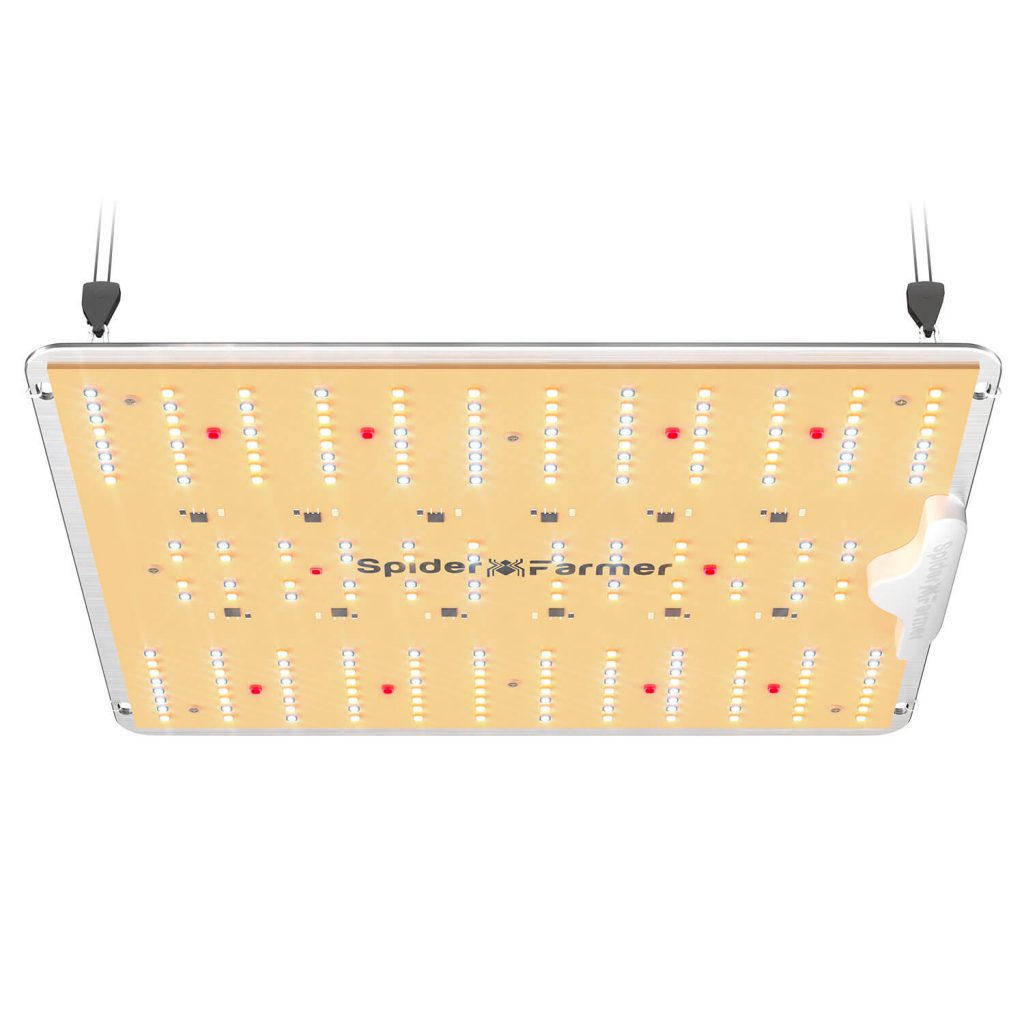
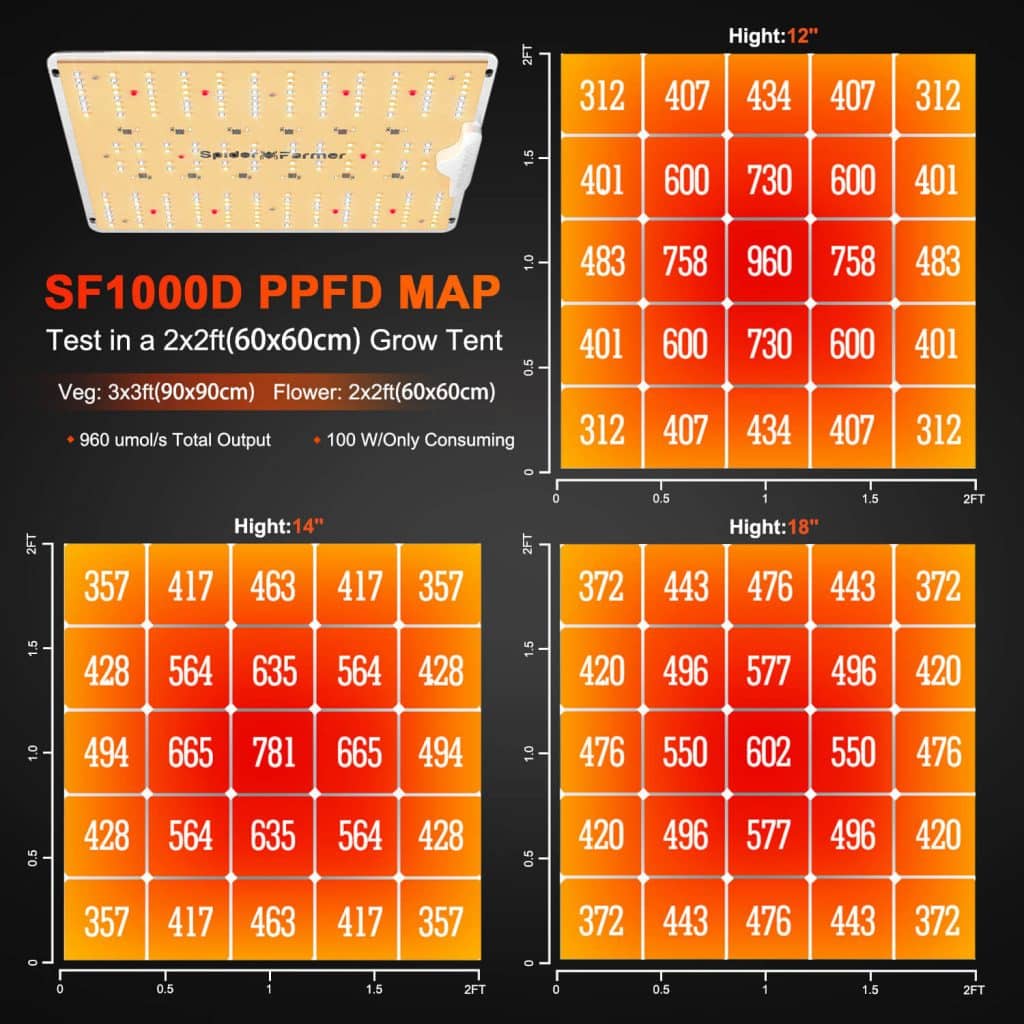
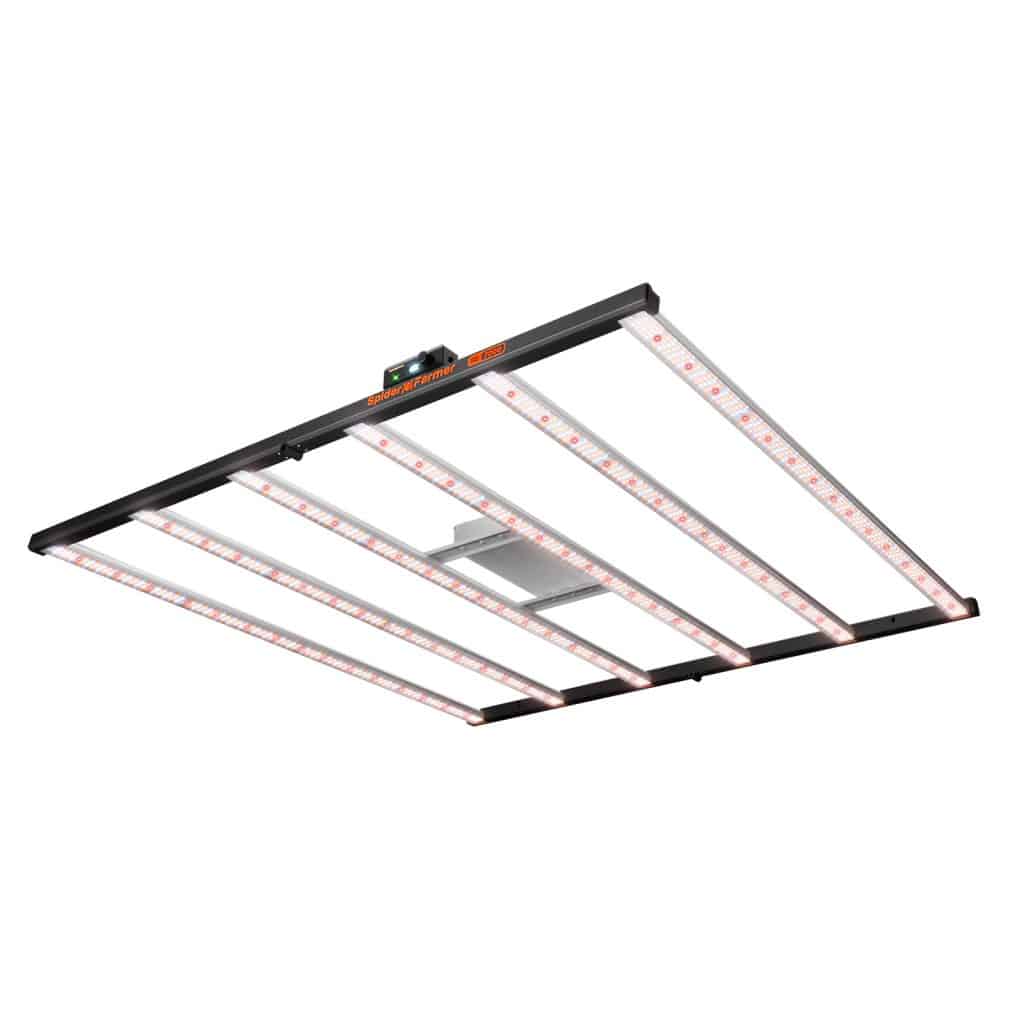
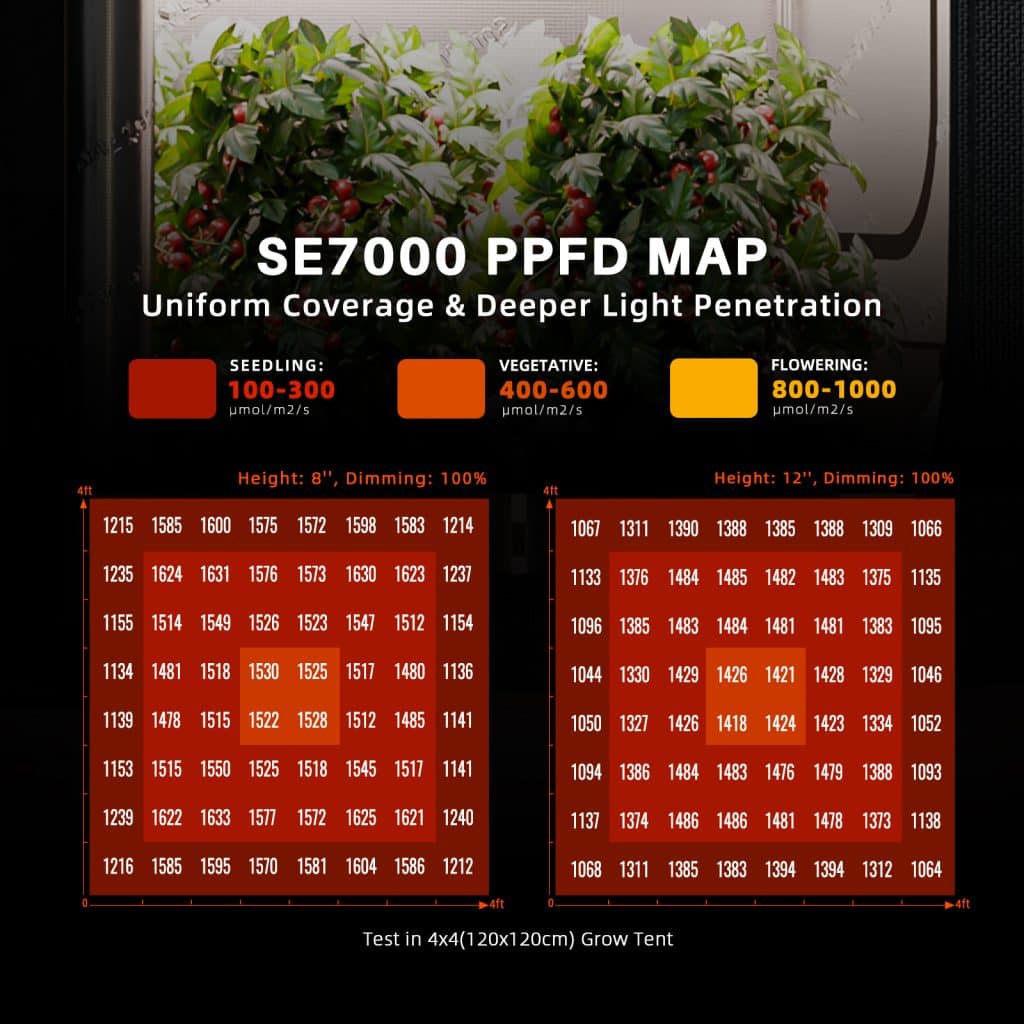
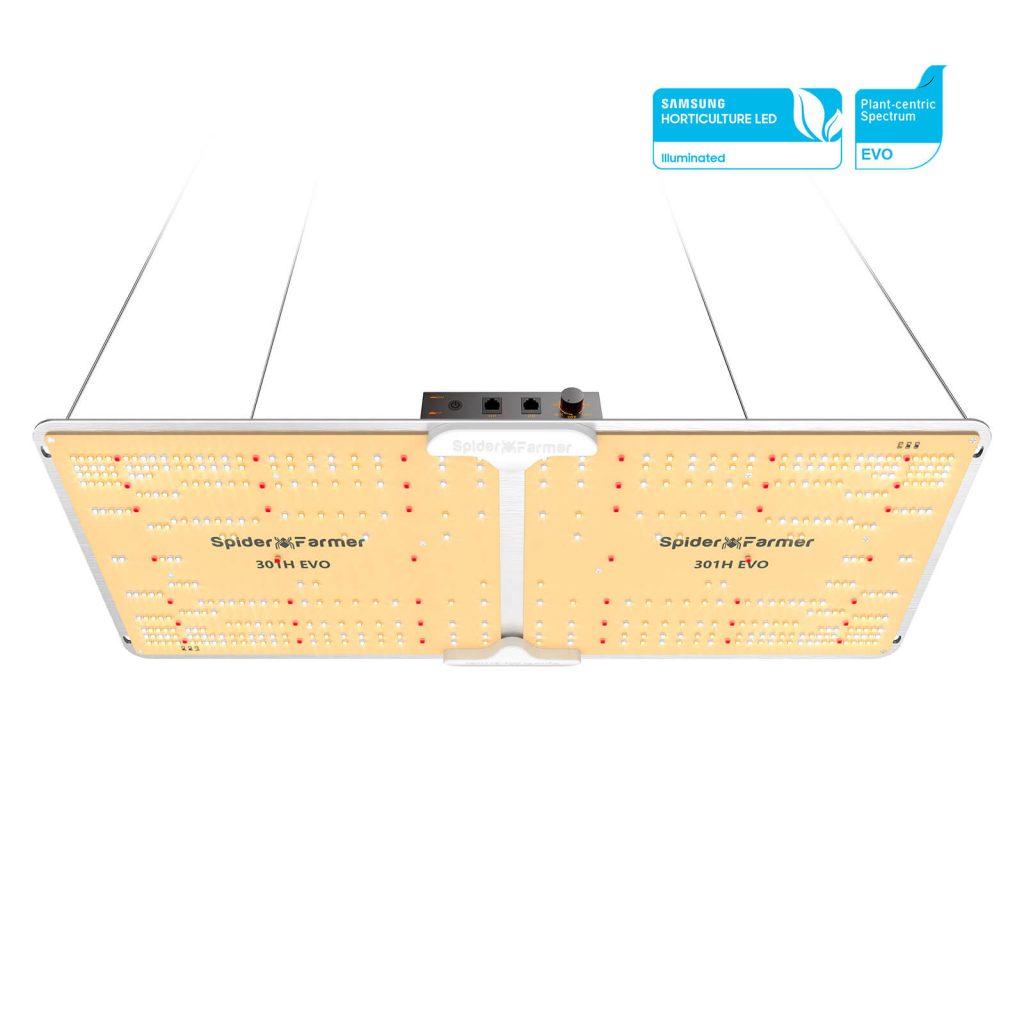

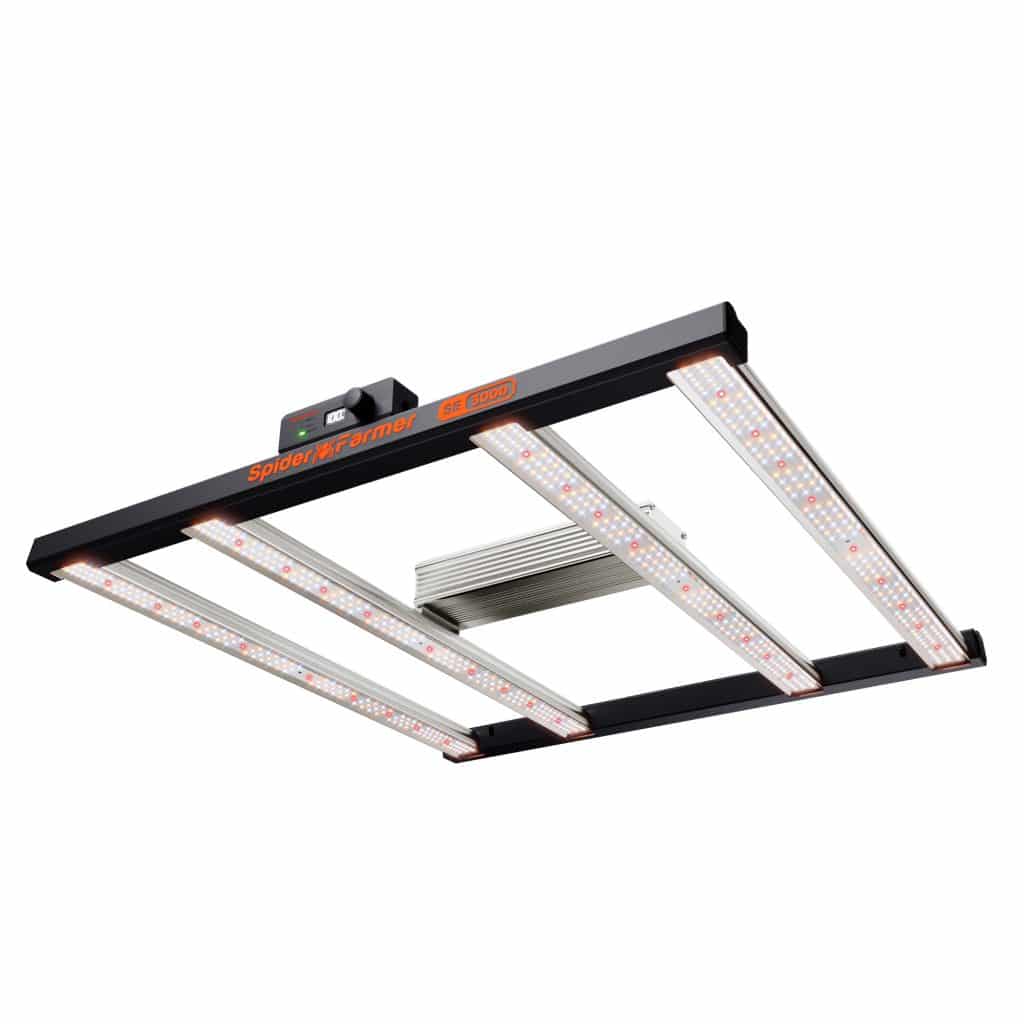
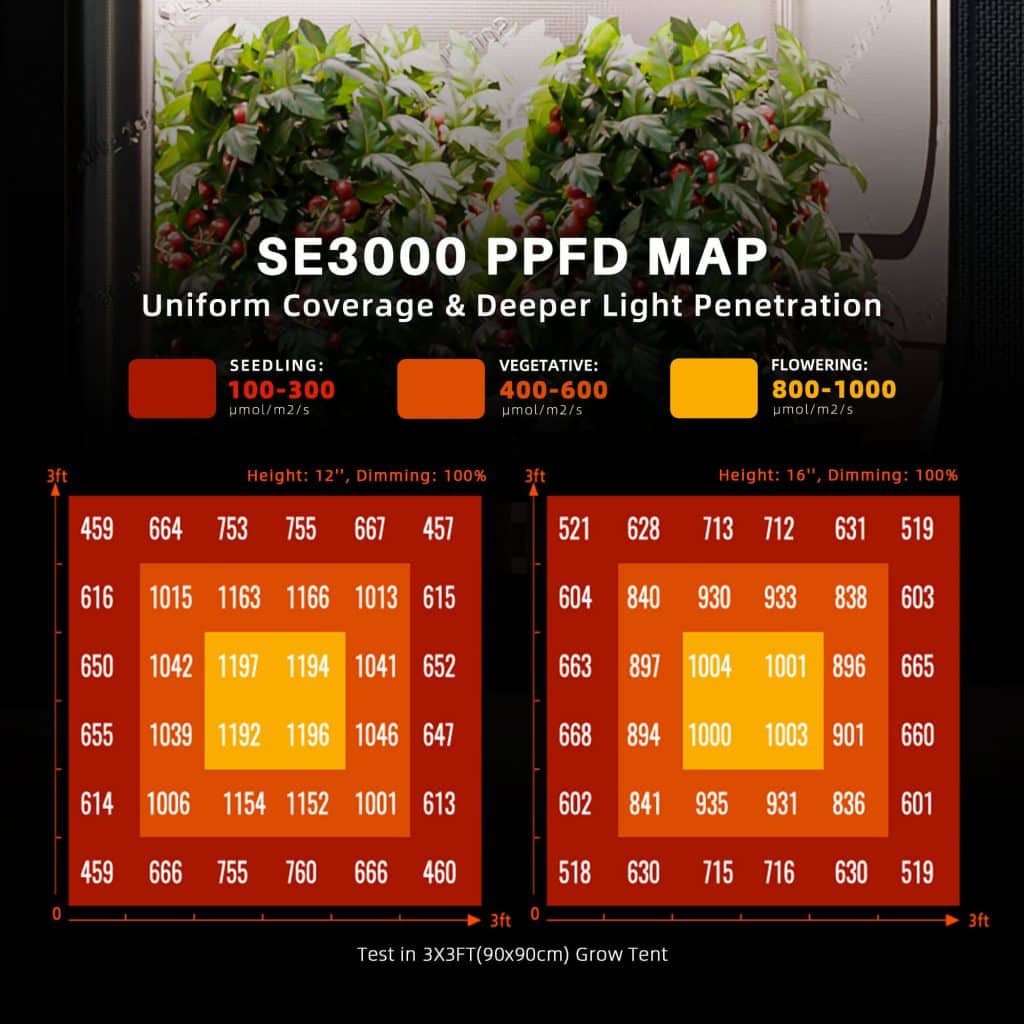
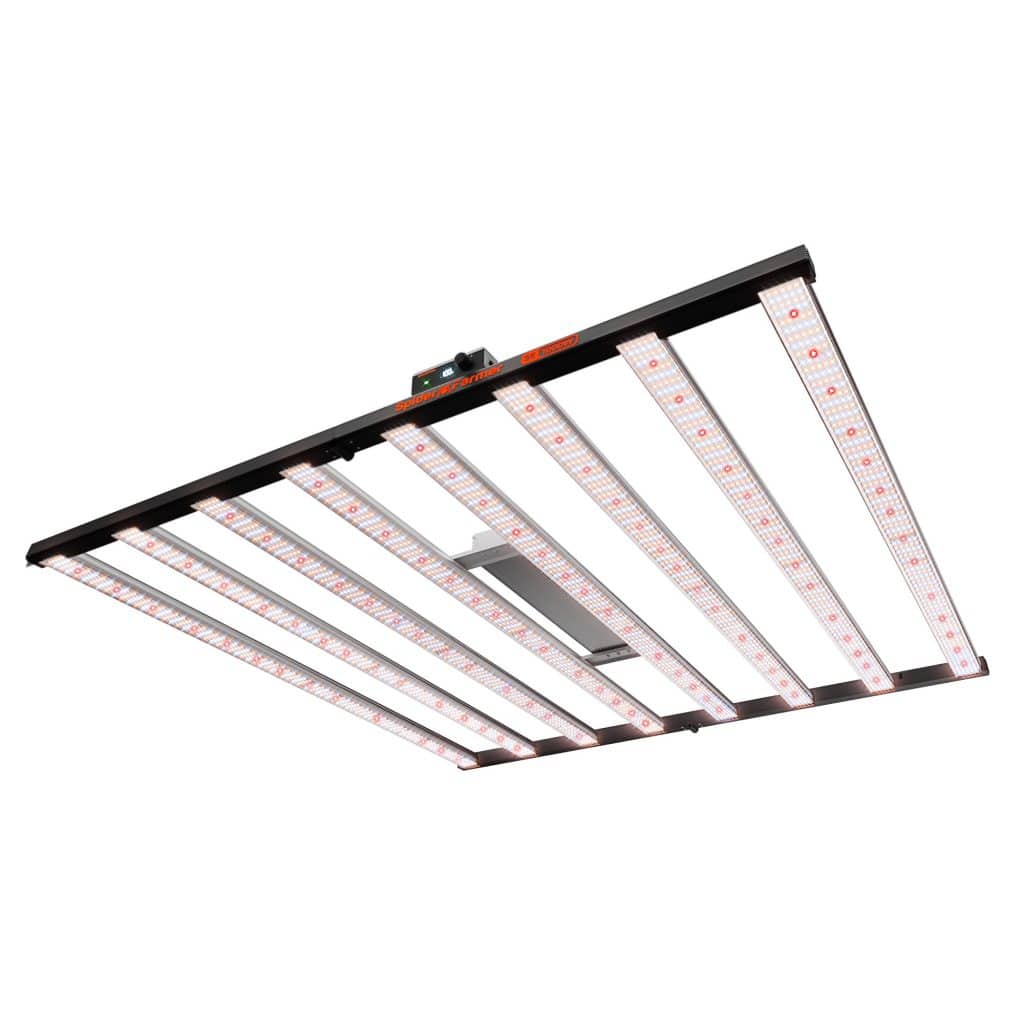
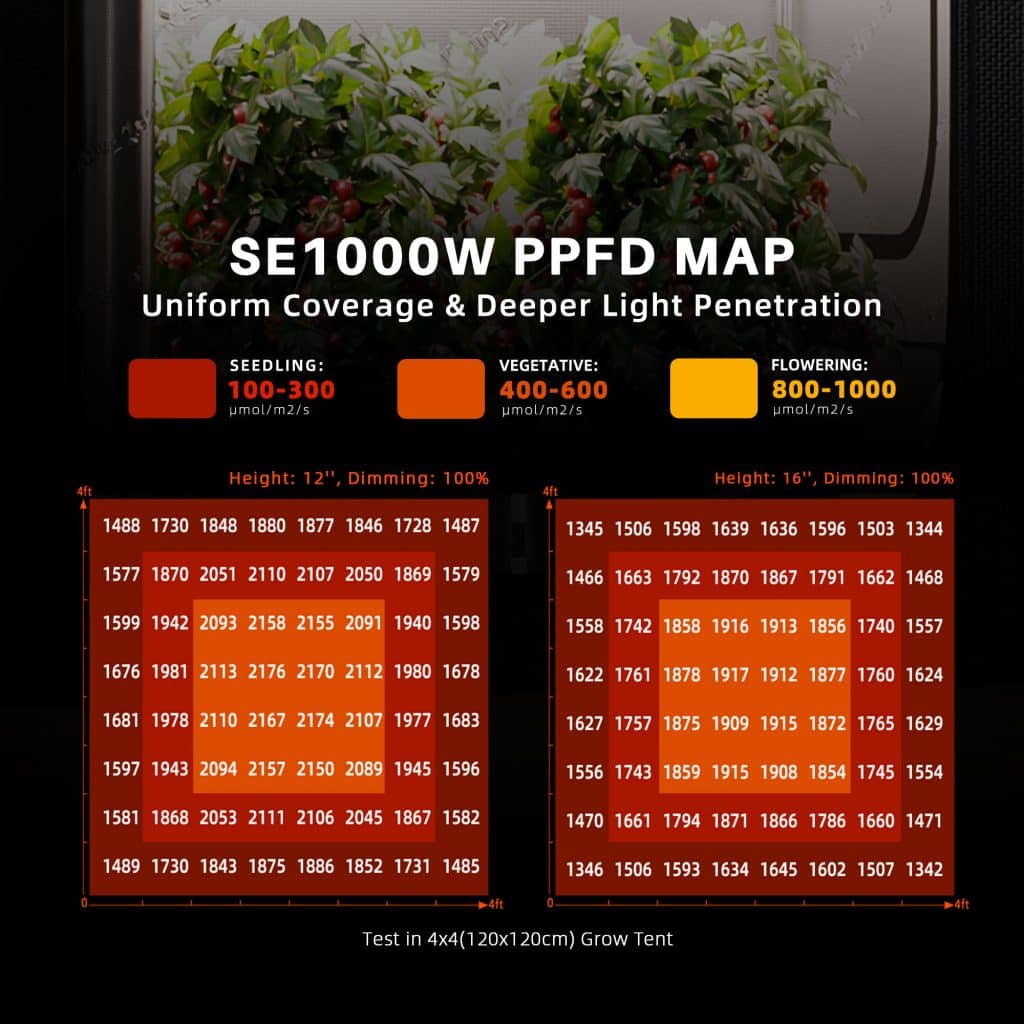
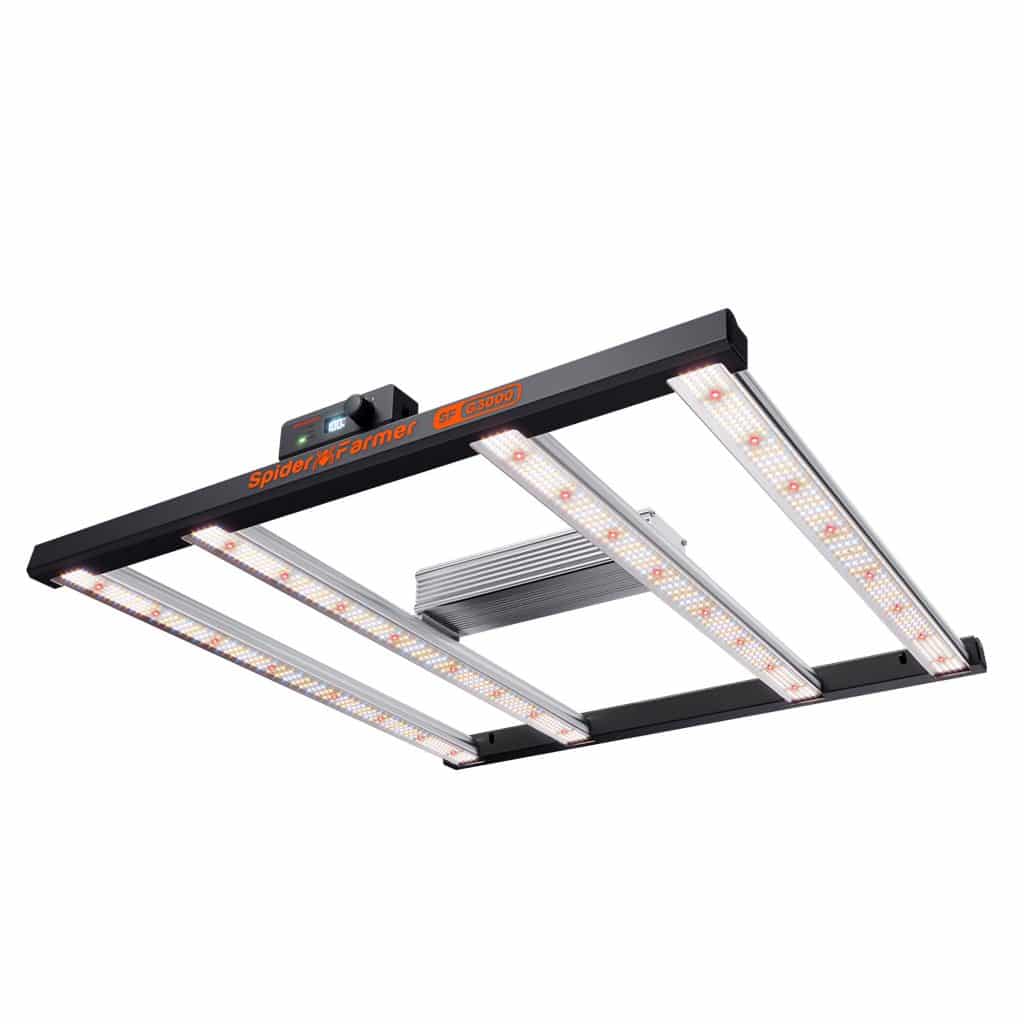
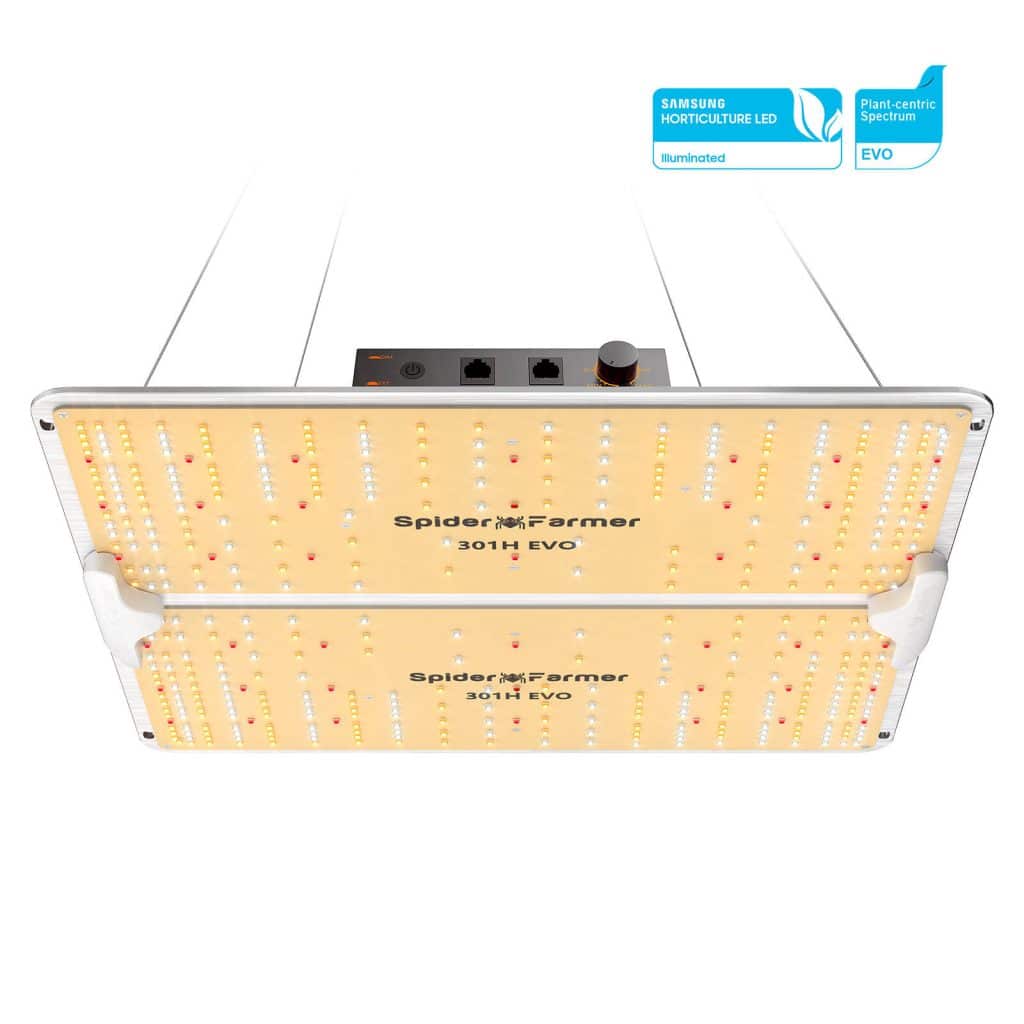
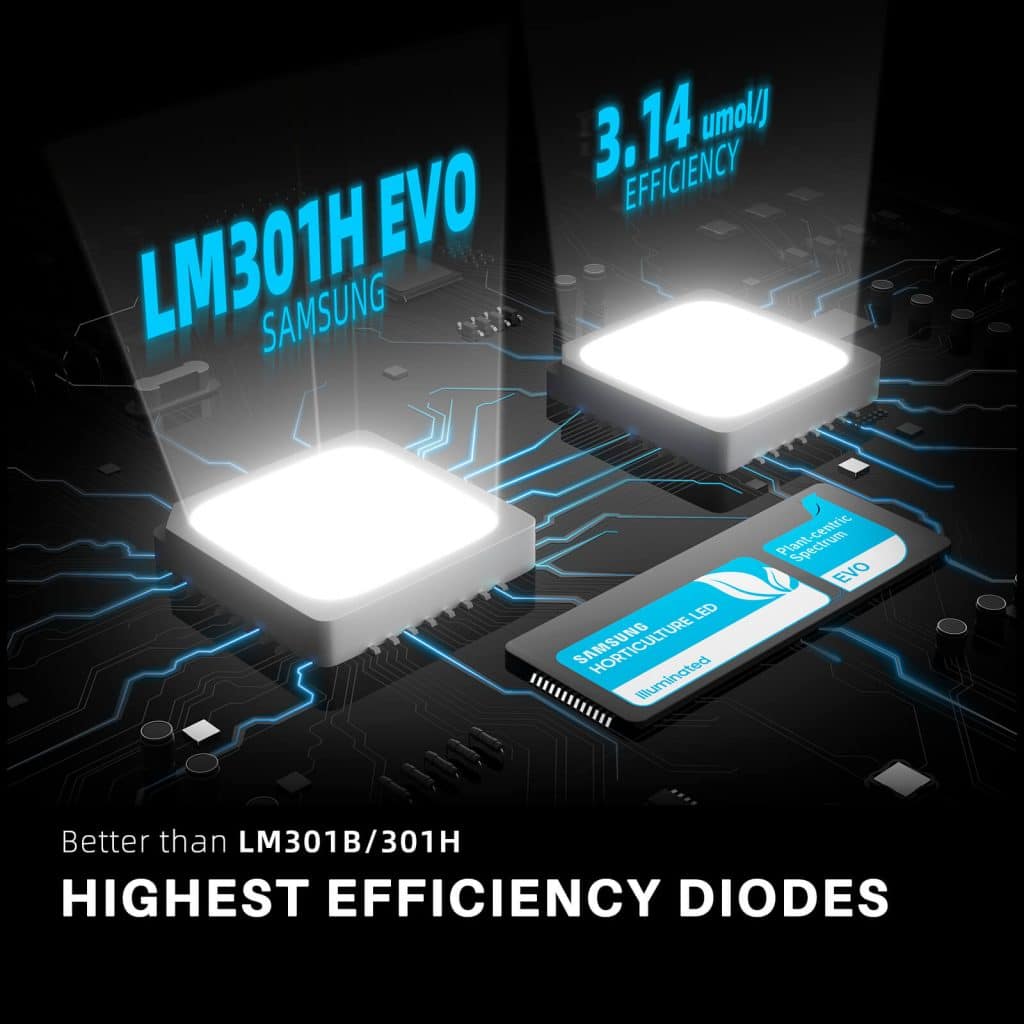
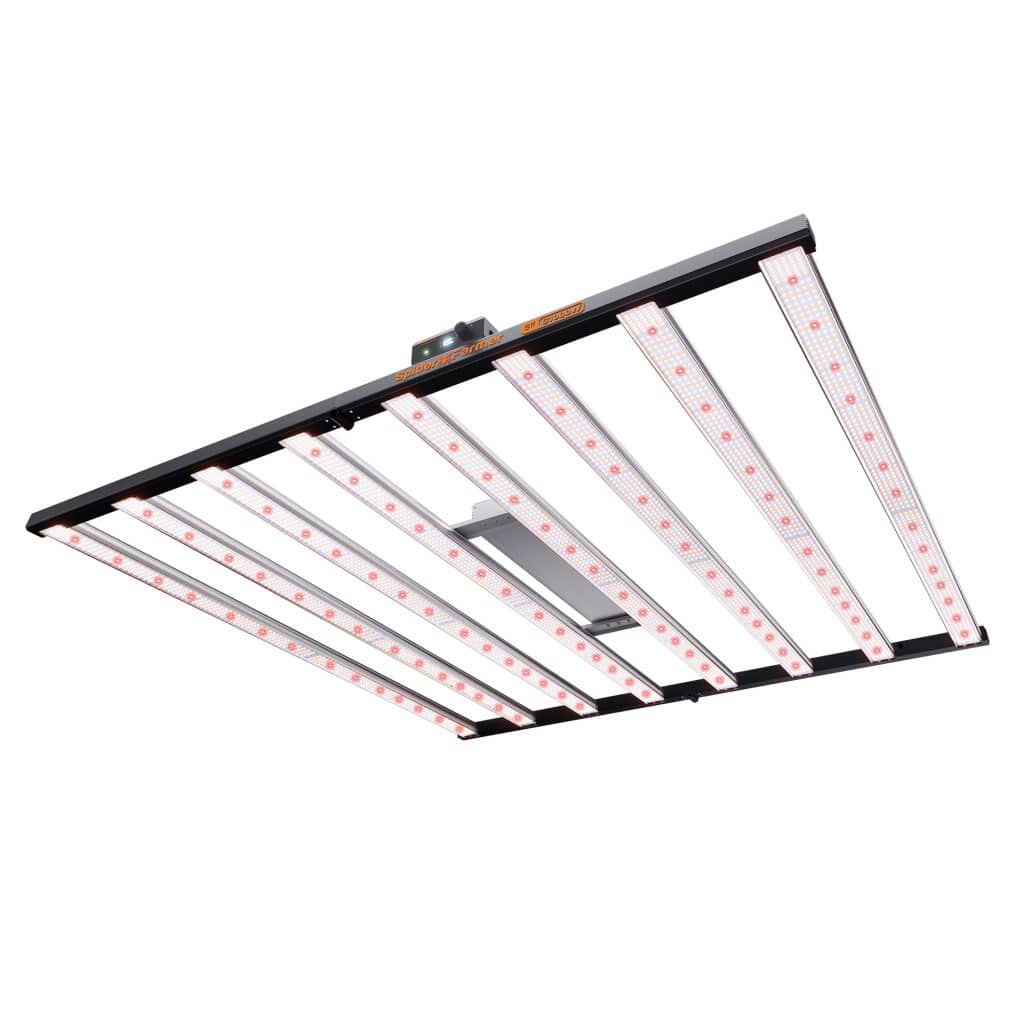
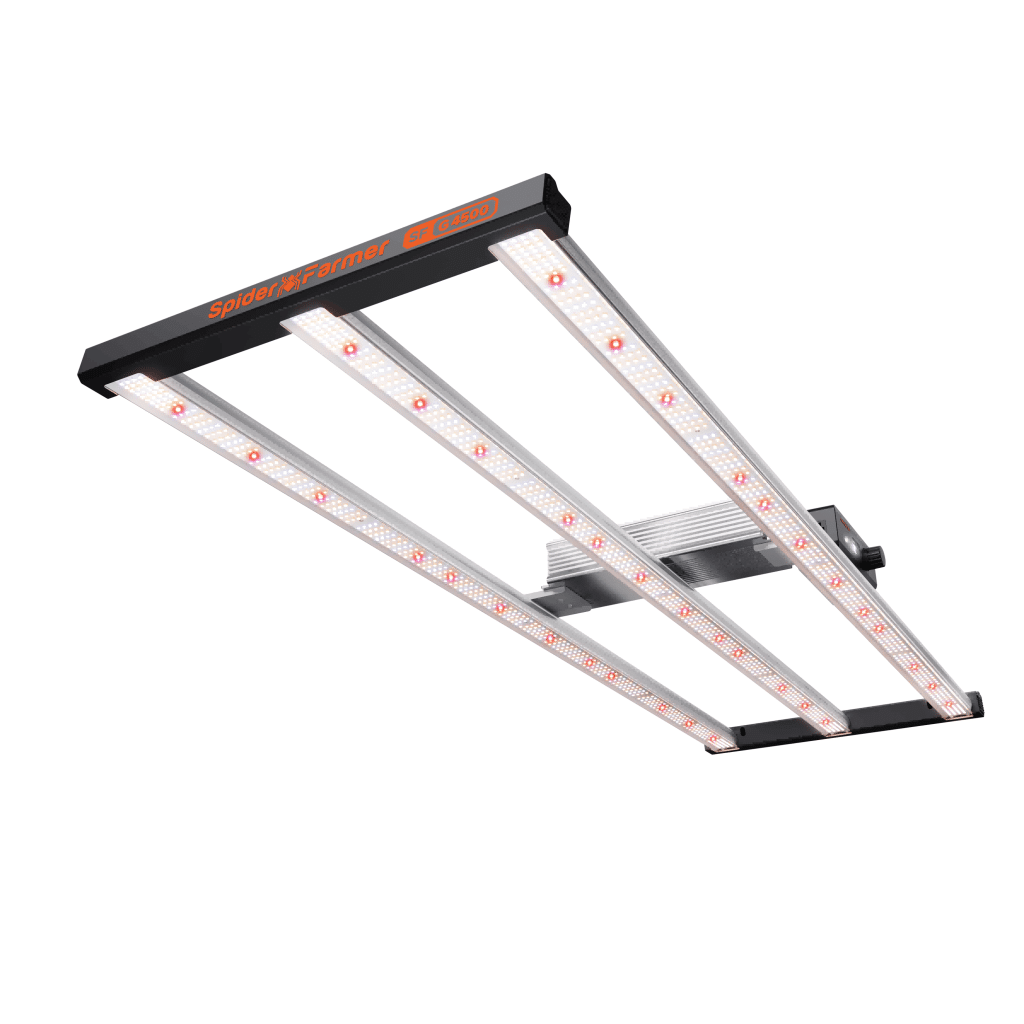
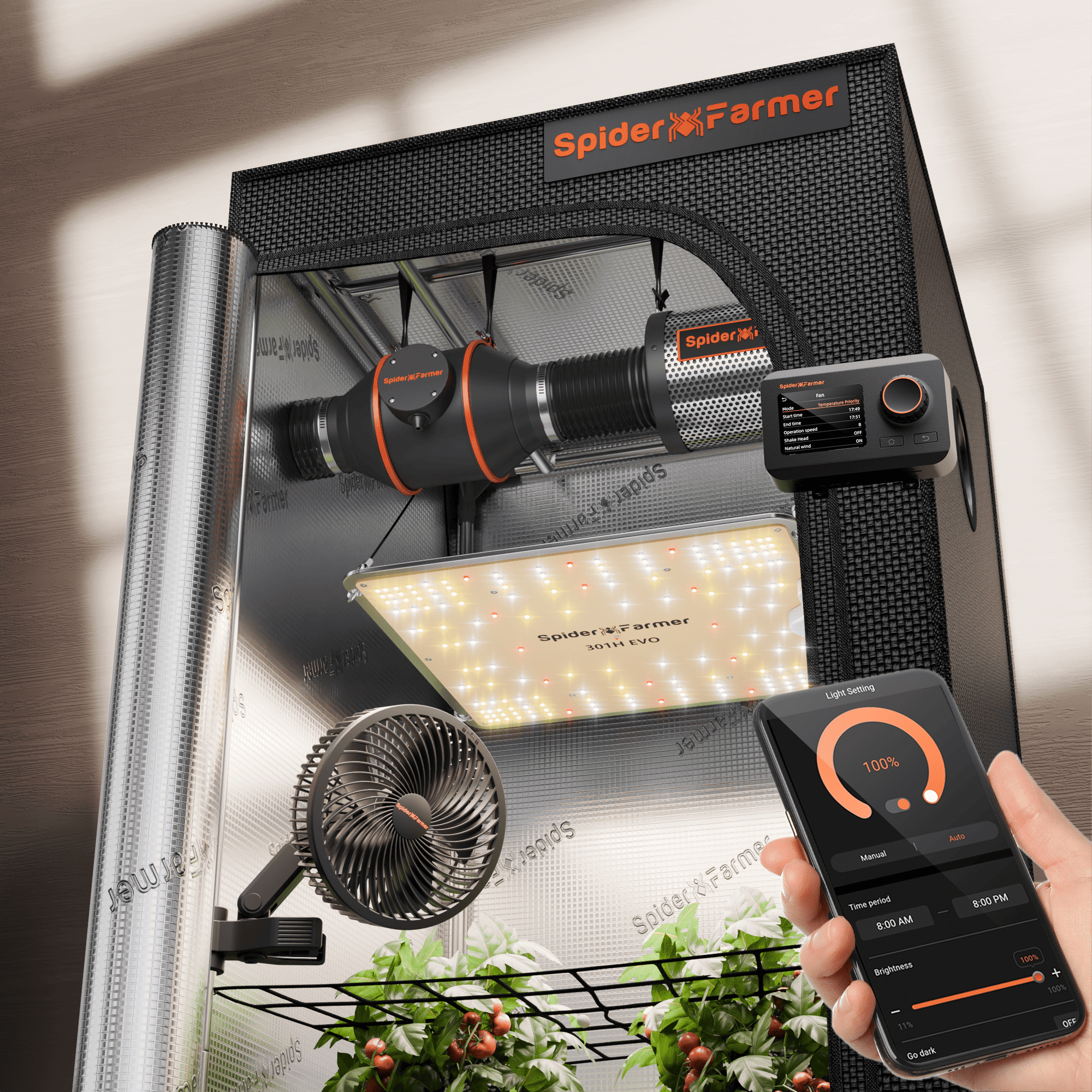

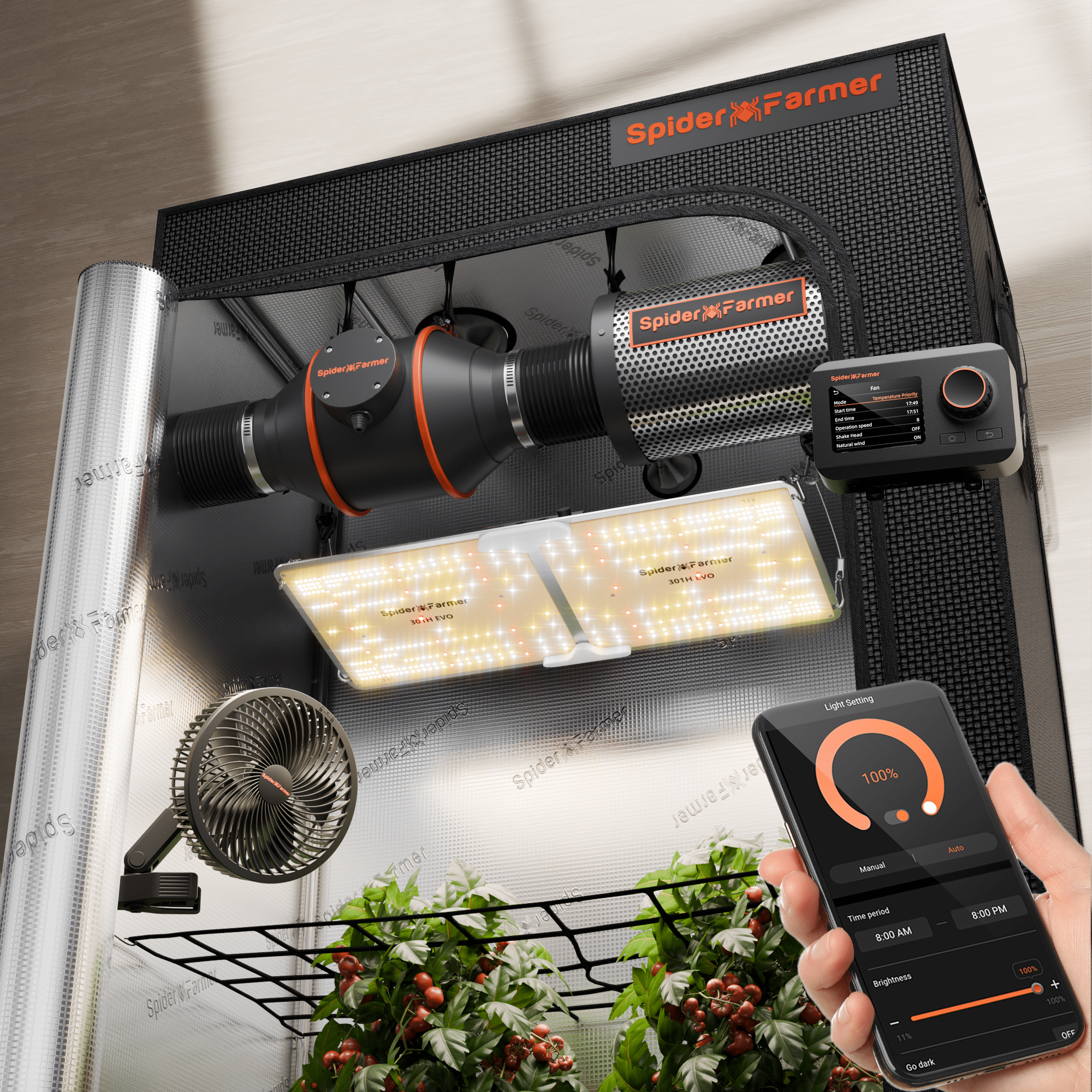
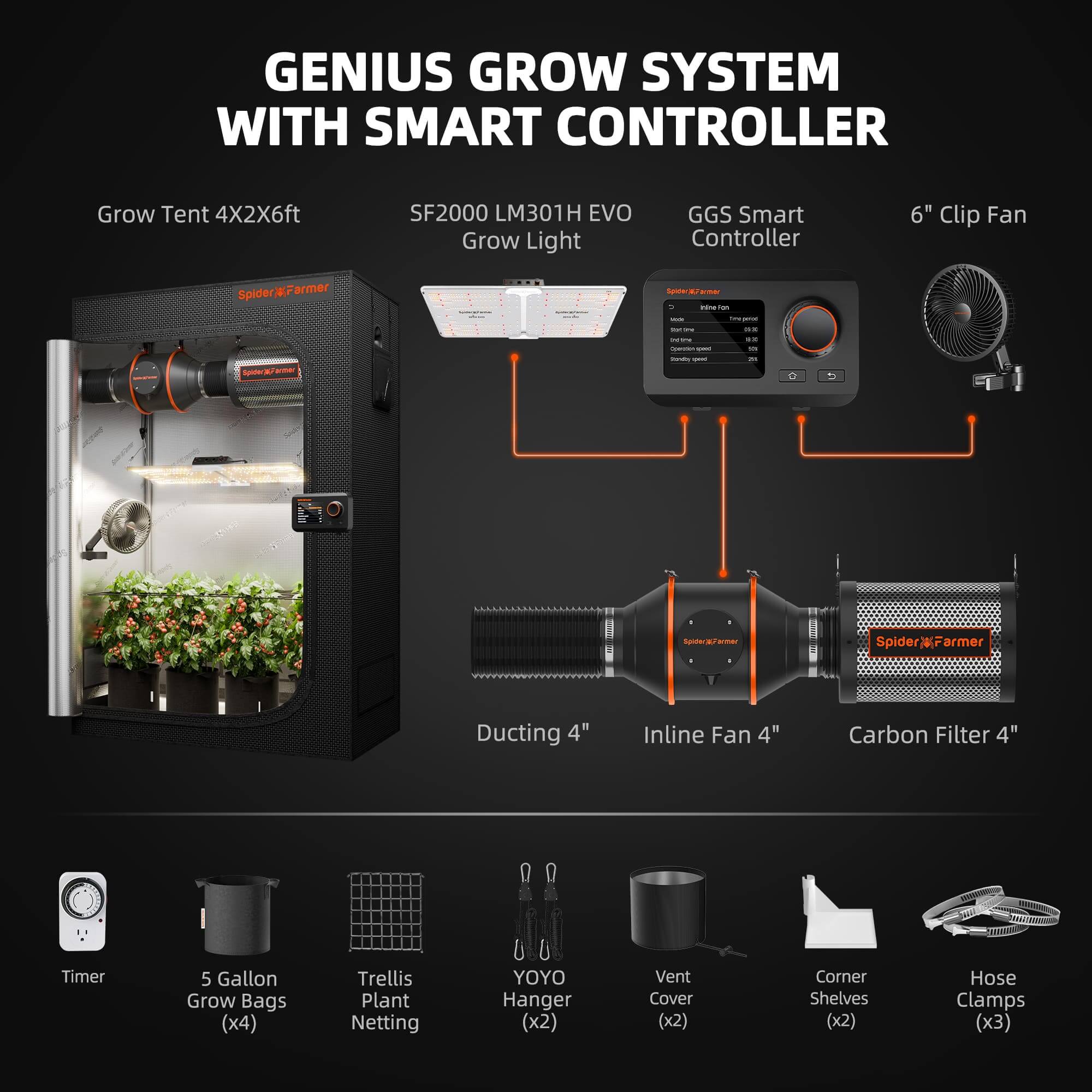
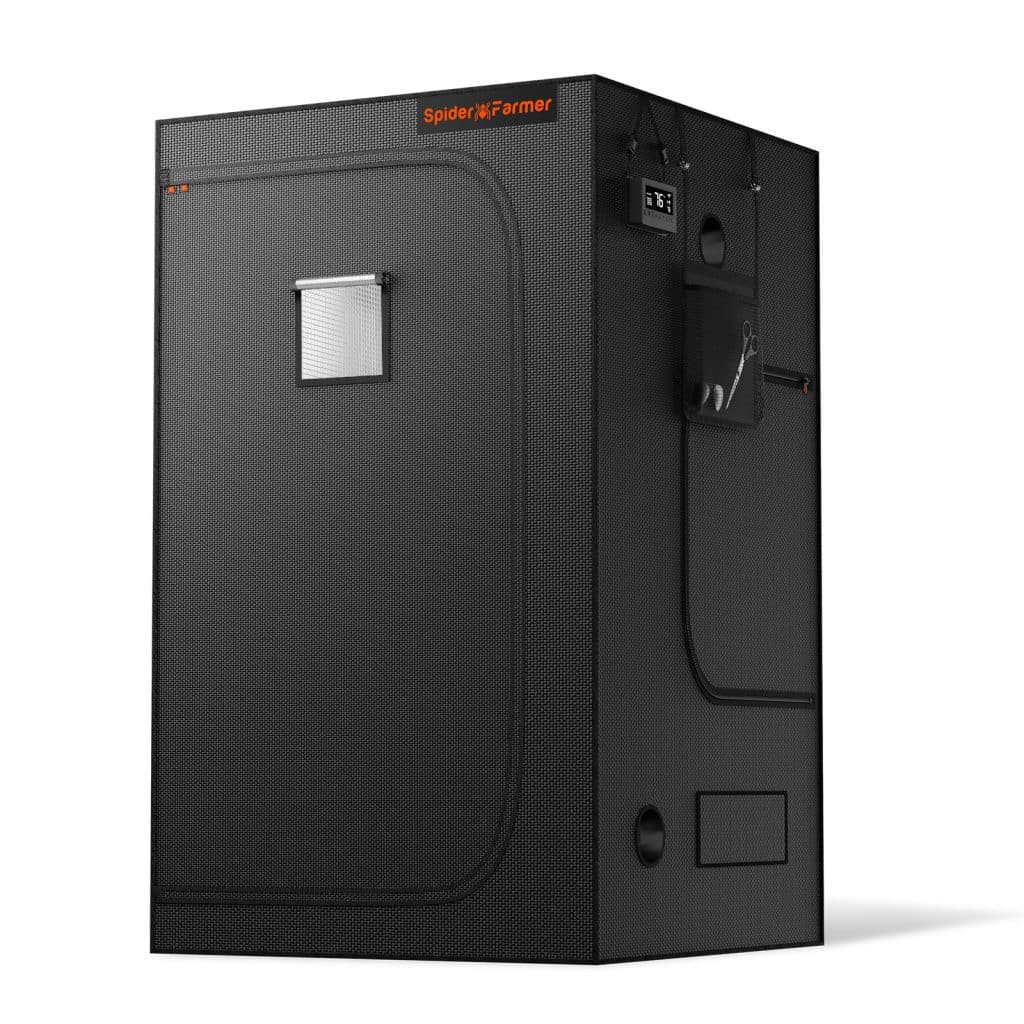
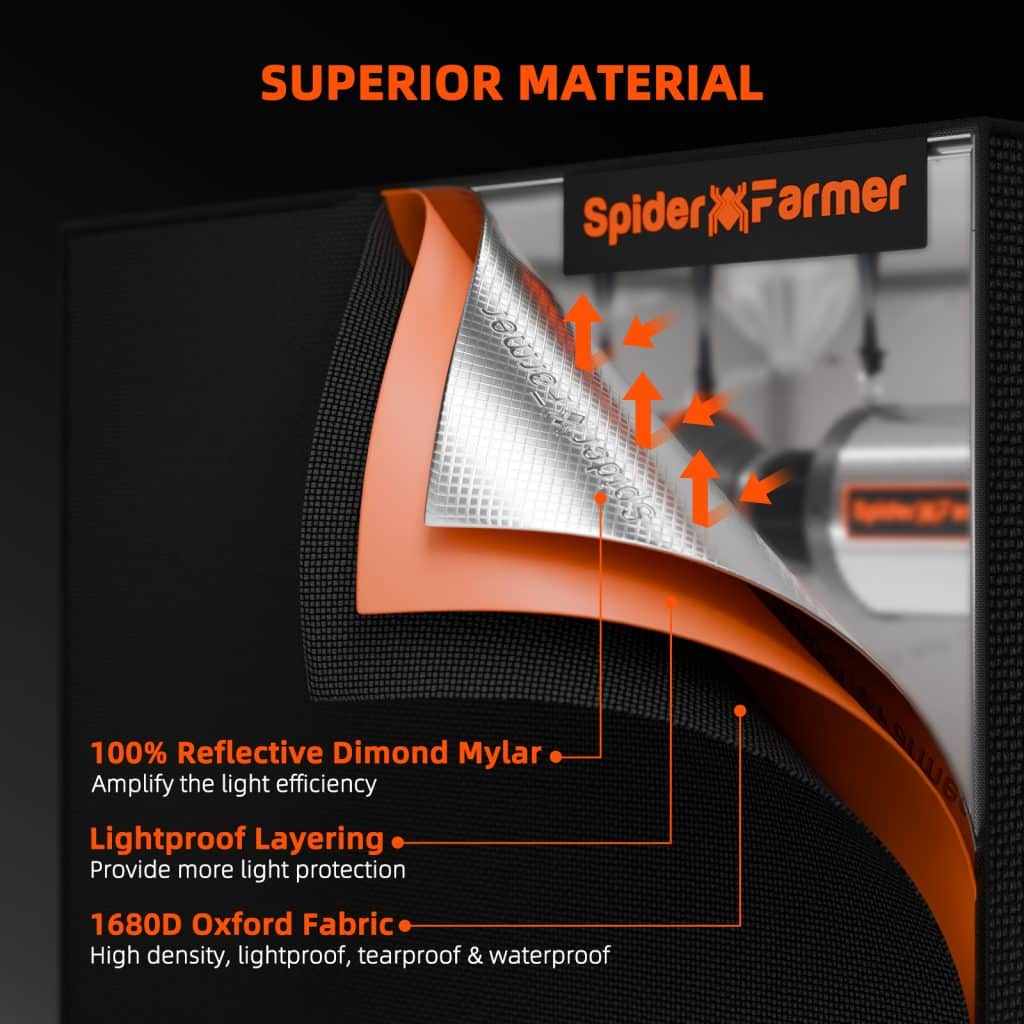
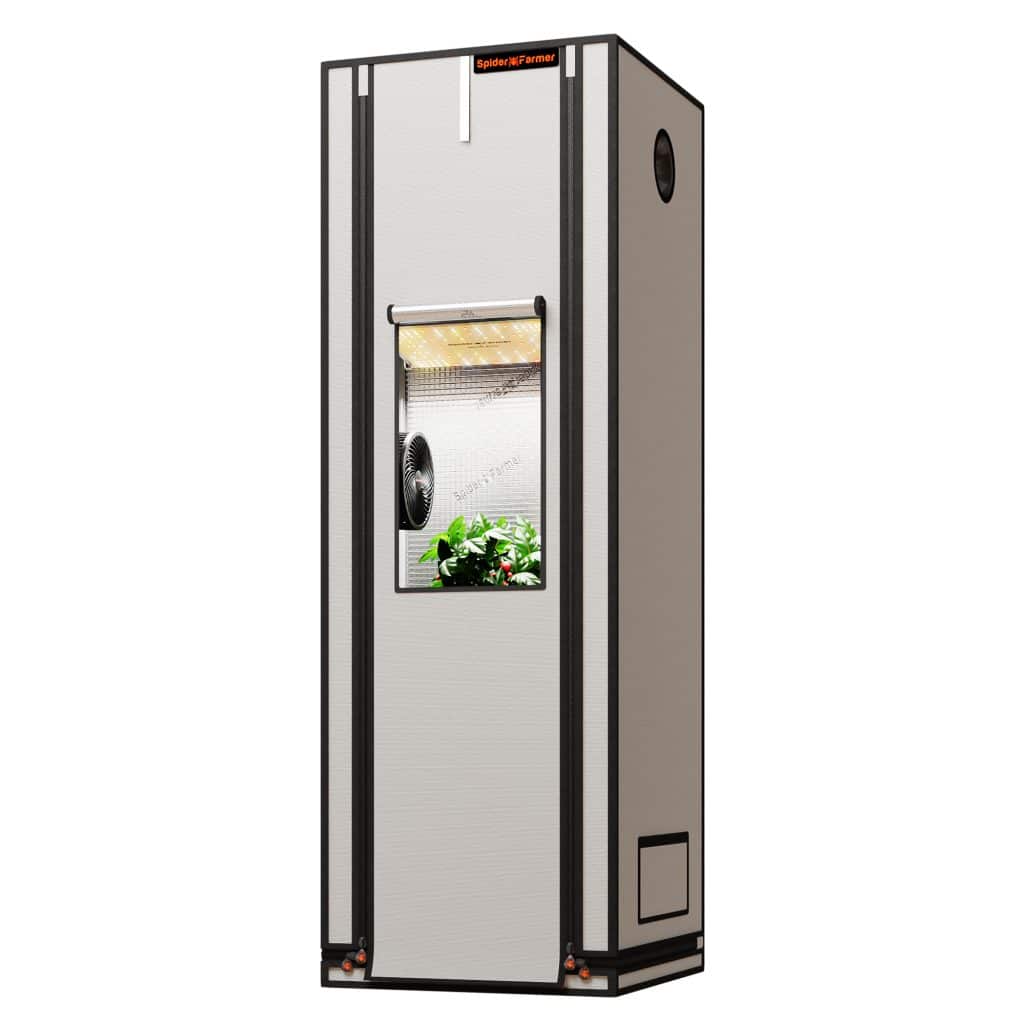


Definitely noticed during lifecycle plant needing Both spectrum of Awsomness lights, I’d just upgraded Fae SF 1000 to G3000 Too So Def rocking 🔥🆒🍻☀️ N Just waiting try Supplemental 1ce back stock appreciated 👊🆒🍻
What are the specific specifications compare to HPS equivalent? On your 1000 2000 eg how many 1000. Would I need to get 4x 600 hps
So do you rub vegetation cycle on blue only and flowering on red or both colrs at the same time ????
When switching light hours to flowering cycle do you have both on for a bit then switching from red only blue only?
Thanks
Hi Scott,
When using our Spider Farmer LED grow lights, we don’t need to manually switch between the spectrums, as the lights are all full-spectrum grow lights. That’s to say, it covers all colors of light you need to grow plants. However, we do offer the dimming function to help growers control the light intensity for different stages of growth.